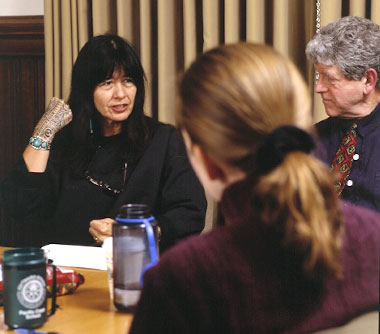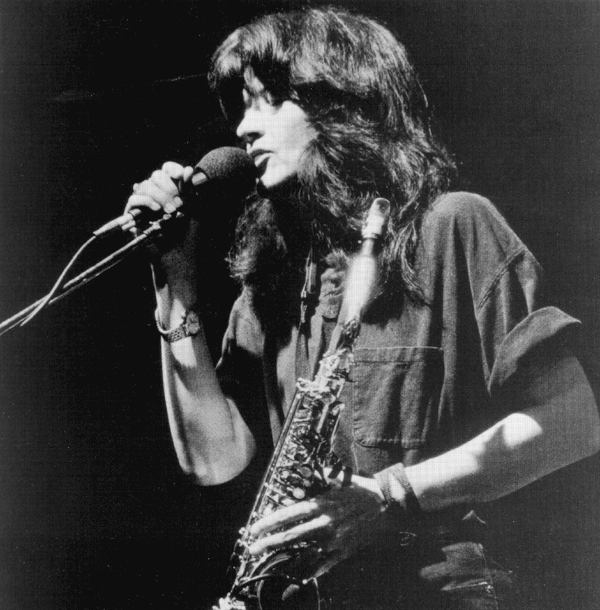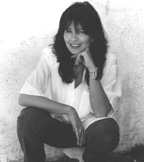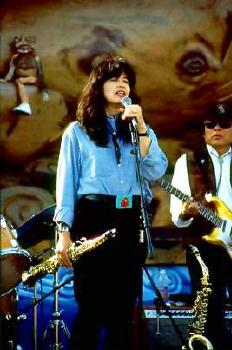LITR 5535: American
Romanticism
 Student Poetry Presentation 2005
Student Poetry Presentation 2005
Poetry Reader : Mary Brooks
3/28/2005
Joy
Harjo “Call it Fear”
Norton Anthology Pgs.
2834 –2835
About
the Author:
Joy Harjo was born in Tulsa,
Oklahoma to a mother of Cherokee, French, and Irish blood and a father a member
of the Creek tribe.
Joy Harjo is a member of the
Muskogee tribe, a poet, a musician, a screenwriter, and is currently a Professor
at the University of California at Los Angeles.
More information about her life,
poetry, and music check out http://www.joyharjo.org/.
About
her Poetry:
When I began to interpret her
poem “Call it Fear” I relied heavily on two quotes from the Norton Reader
about her poetry. The first quote from Norton relates the idea that
Harjo’s poetry reflects an:
“…inward journey through
personal and collective memory, looping forward and back.
Especially important in her work is the reconnection of contemporary
urban experience with historical and mythic past.
This reconnection seeks to assuage the loneliness and desperation of
those in the margin who populate Harjo’s work…”(2833).
The second was from Harjo
herself in addressing the significance of horses in her poetry she states that
they represent the:
“ very sensitive finely tuned
spirits of psyche and are… on the move”(2833)
It is with these ideas in mind
that I began my interpretation of “Call it Fear”.
Style
/ Structure:
Lyric Poem
Emphasis:
1.
Repetition
Backwards
Edge
2.
Indents of words
Backwards
Heartbeat
3.
Pacing of reading
As indicated by the punctuation
and spacing
Gothic:
Shadows
Dark
Bloody
Shine (light)
Bones
All these relate on the surface to physical
spaces but when one takes into account the authors known tendency to reflect the
past through inward journeys in her poetry then one begins to see it as a
reflection on the past or looking backwards into the past.
Importance
of repetition:
BACKWARDS
The poems strong connection to the past can
easily be seen when reflecting on Harjo's repetitious use of backwards as in :
“
talk backwards”
discuss the past, what has come before the hardships of the Native
tribes.
“walk
backwards”
remember the past in all the places that you inhabit the past that your
feet walk upon ground walked by others in the past.
“breath
backwards”
remember that the breaths you take were taken by others in the past and
that the air you breathe is the same air breathed by those in the past.
EDGE
The
idea of an edge is repeated through out this poem but what does the edge stand
for?
Perhaps the edge is the edge
between the reality of life and existence and the spiritual life that is not
seen and is often over looked. Then
again maybe the edge is the edge between the outward or present life and the
past? Or is it the edge of a more
inward reflection upon the past?
Questions:
What
is the “edge”?
What
is the significance of the horses?
What
is the significance of the repeated phrases involving “backwards”?



